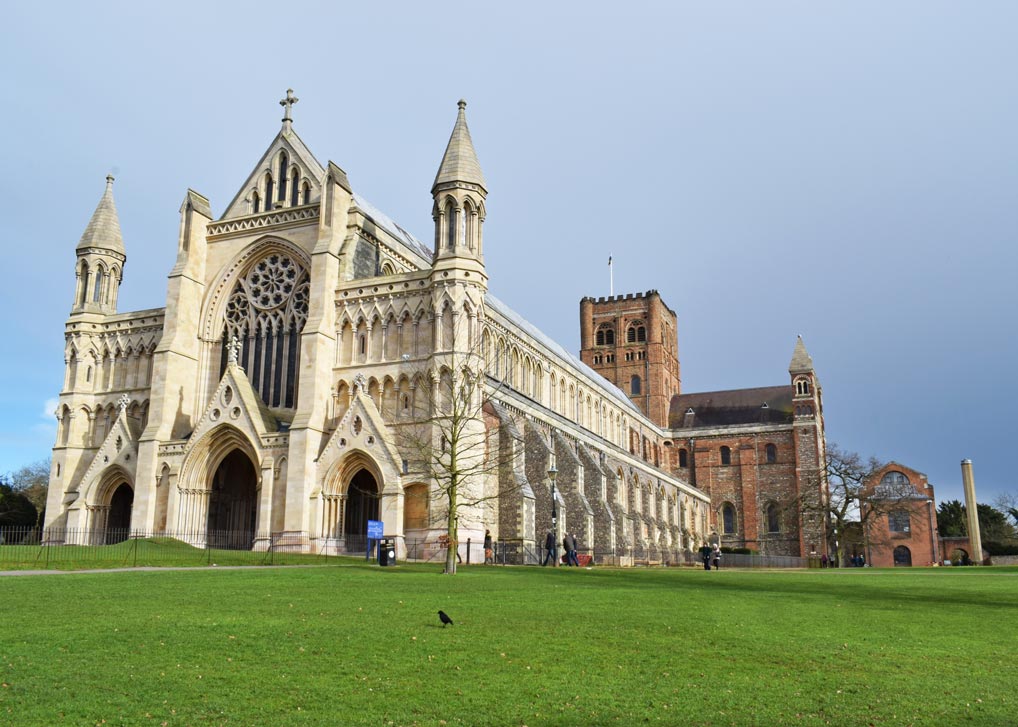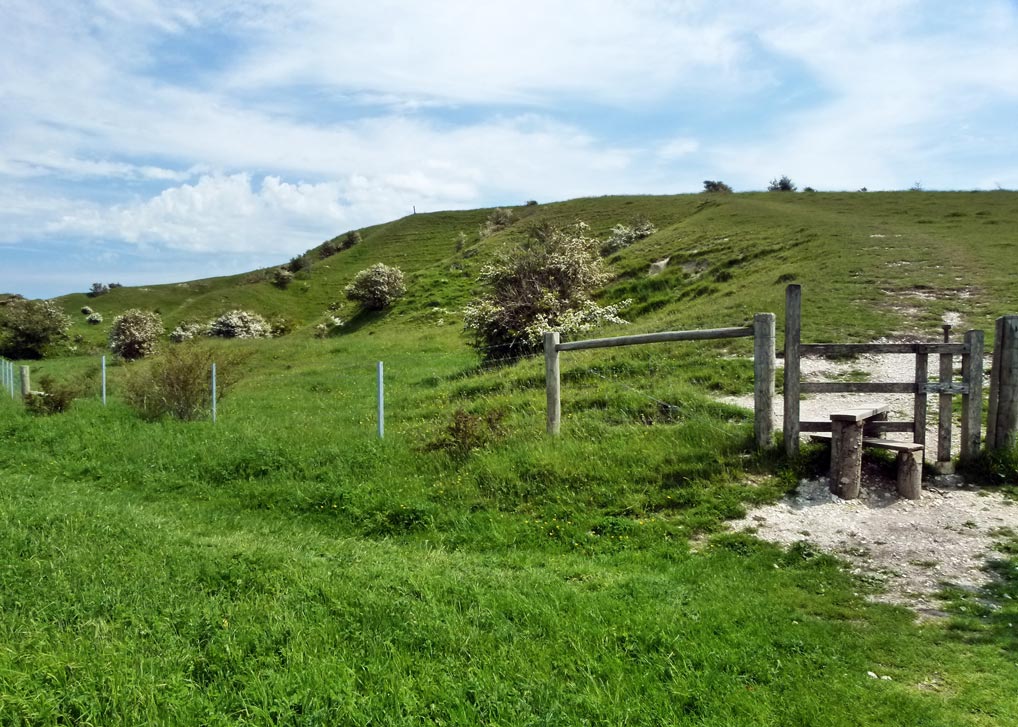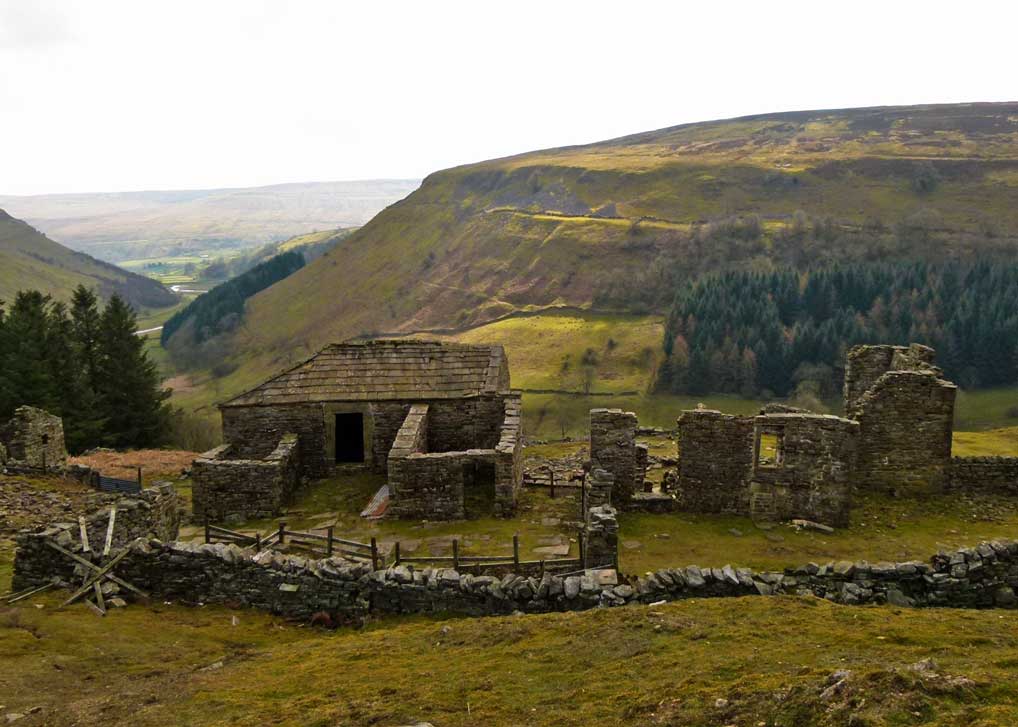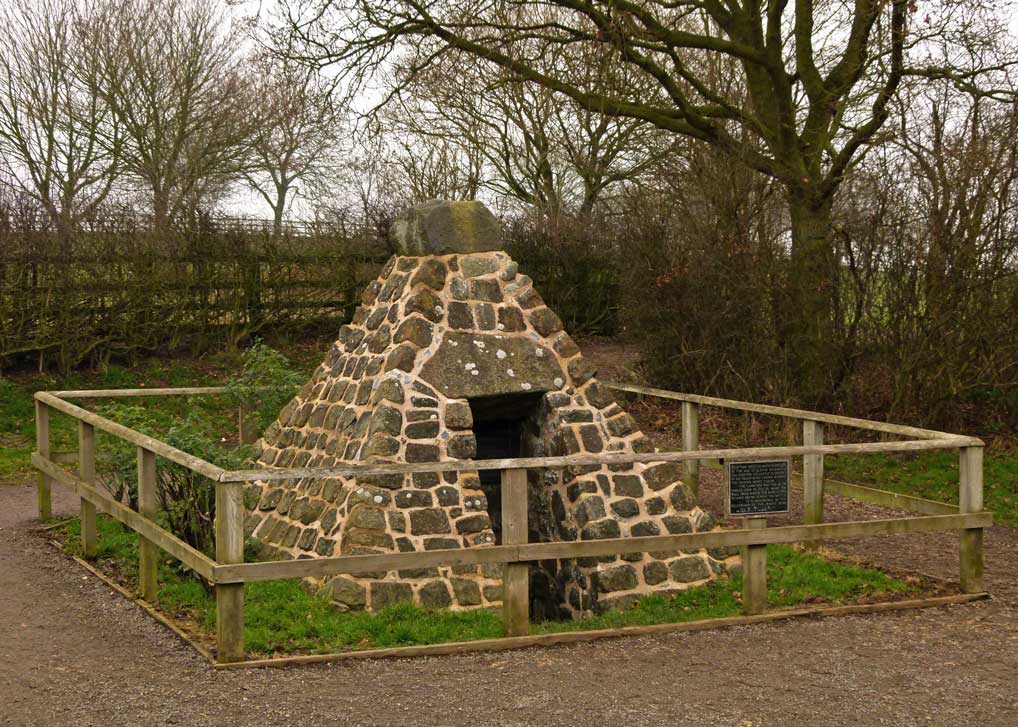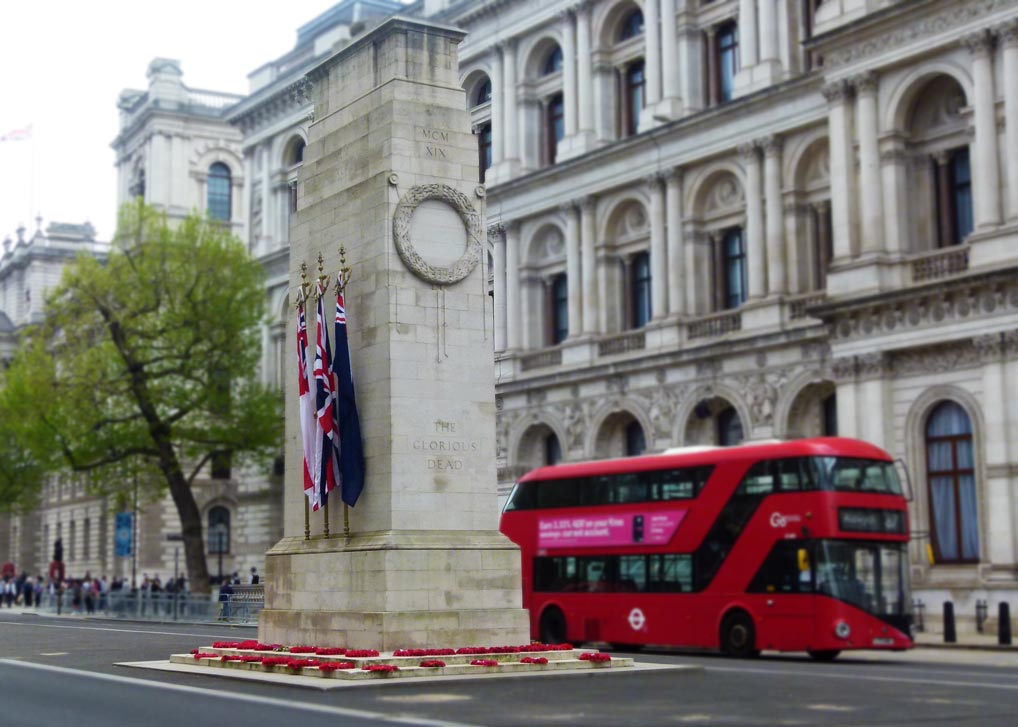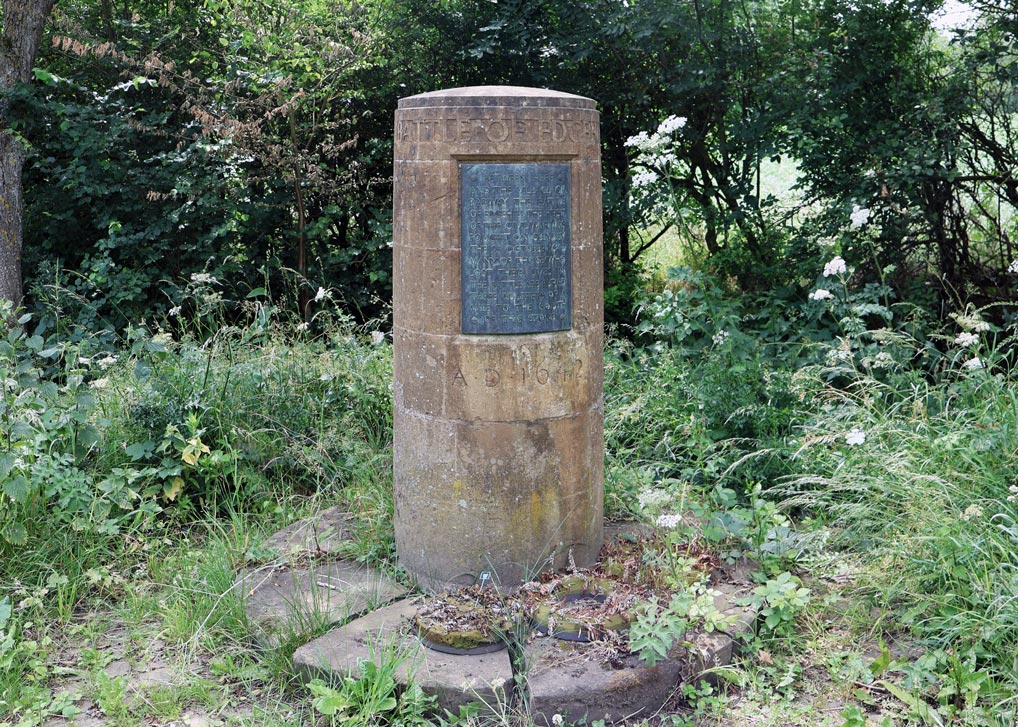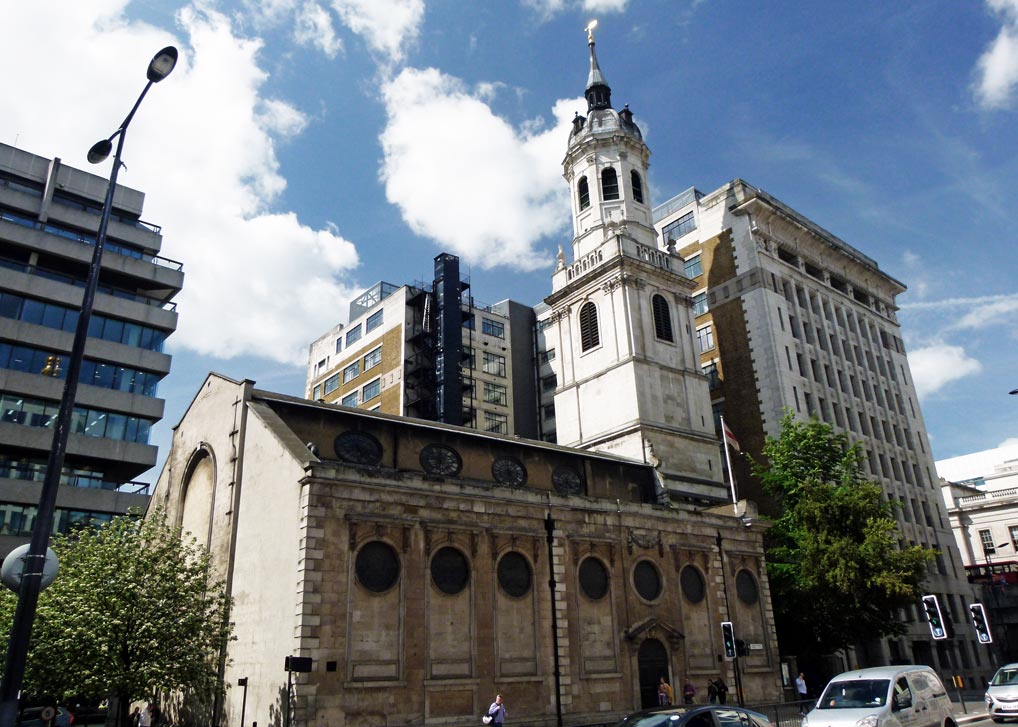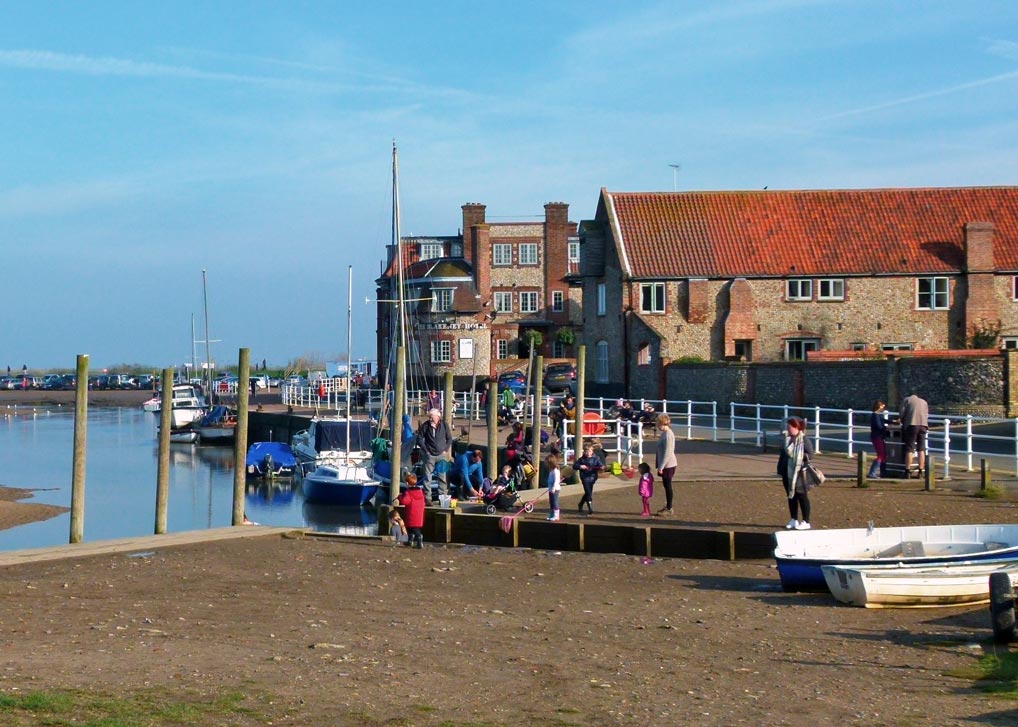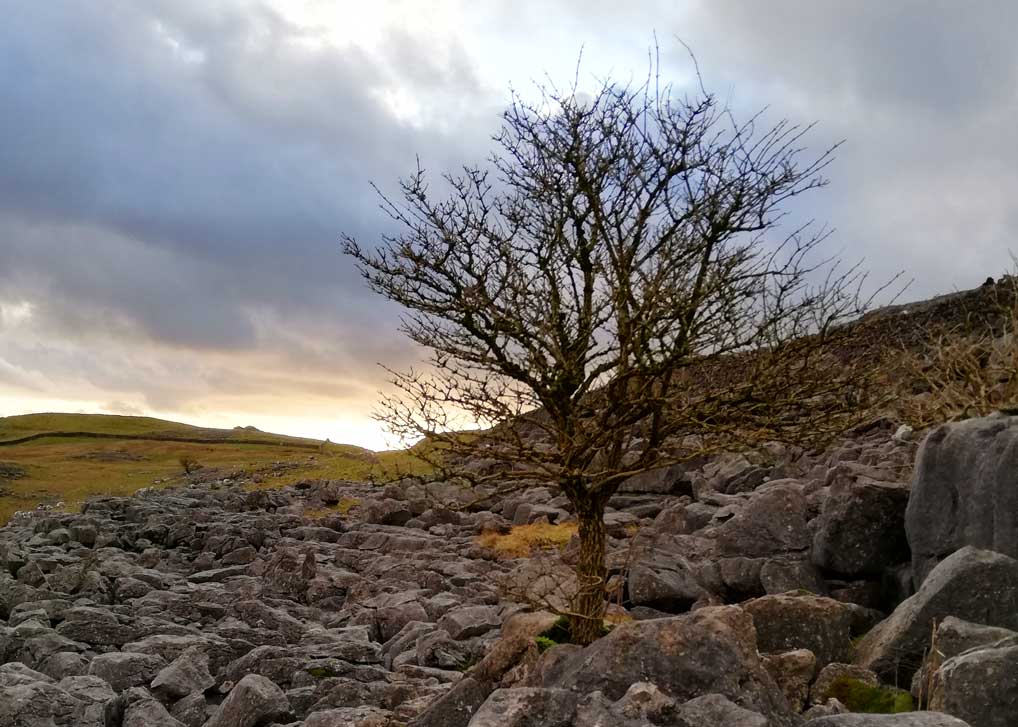St Albans Cathedral
St Albans Cathedral is known as the oldest site of continuous Christian worship in Britain and stands over the place where Alban, Britain’s first saint, was buried after the Roman gave his life for his faith more than 1700 years ago. A church was built over the grave and it became a place of pilgrimage.
St Albans Cathedral Read More »
